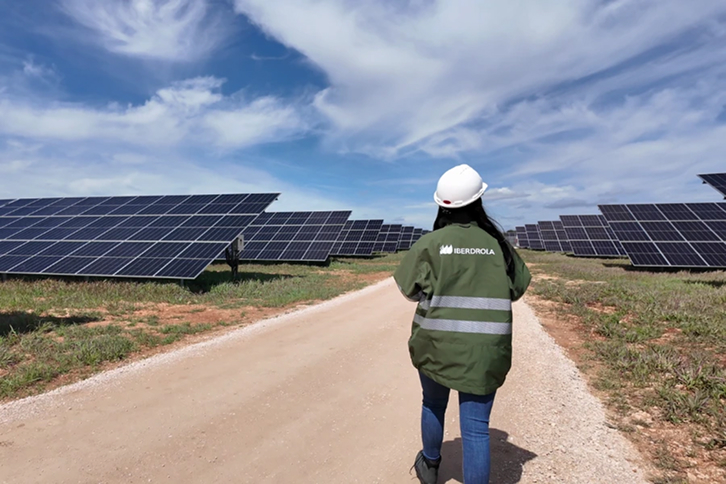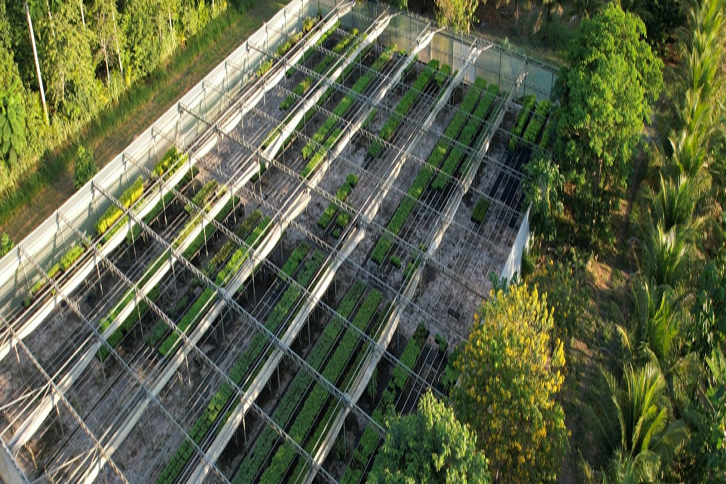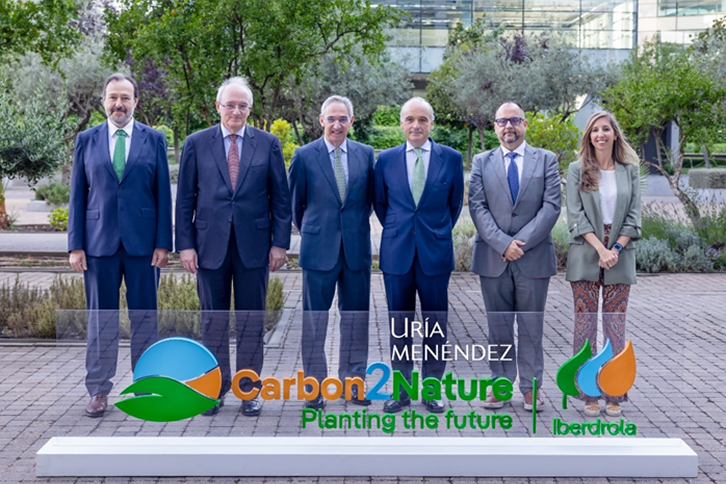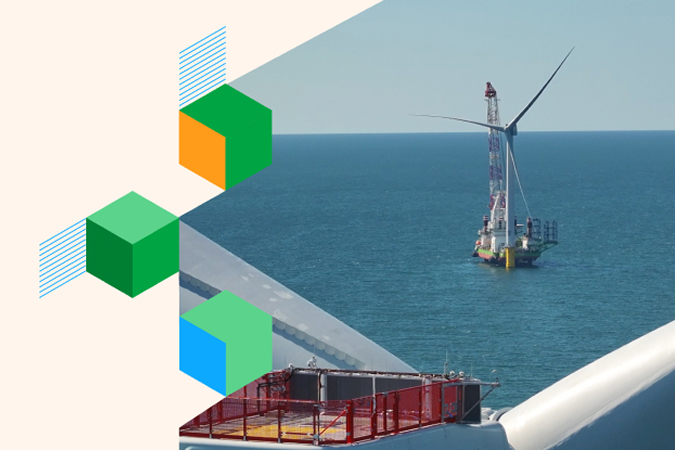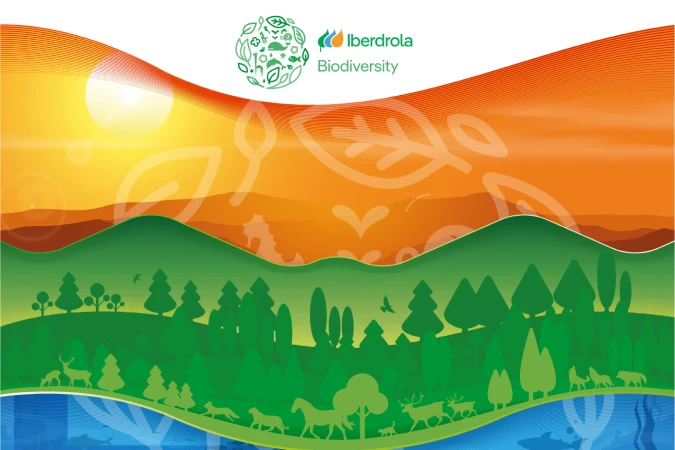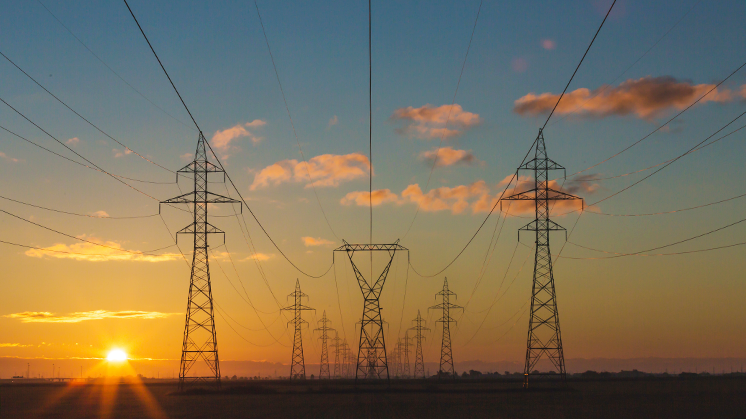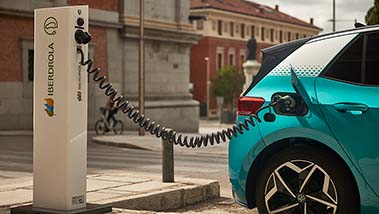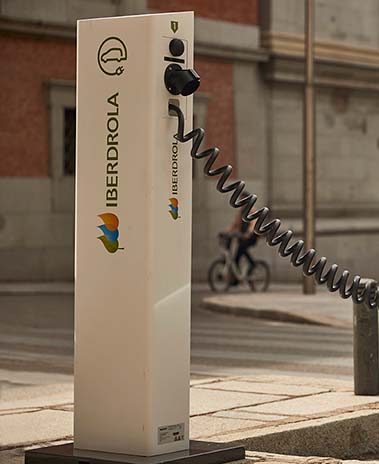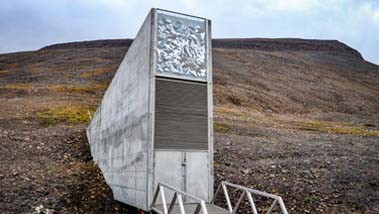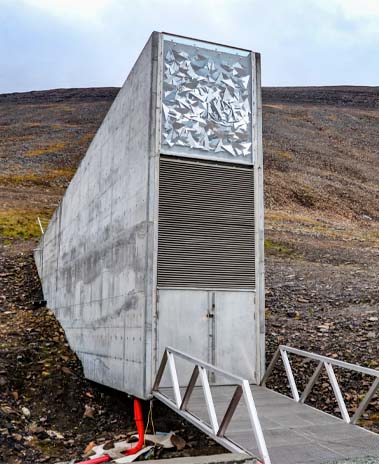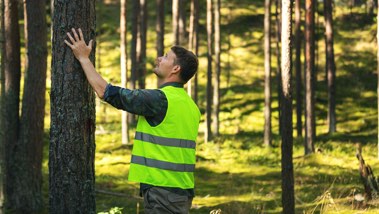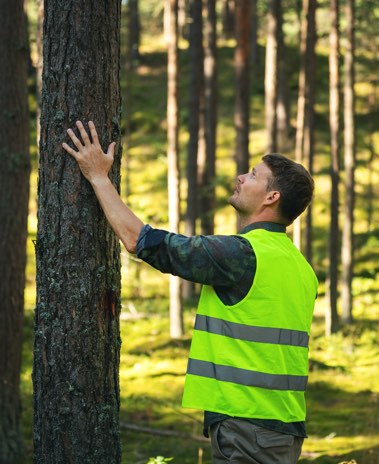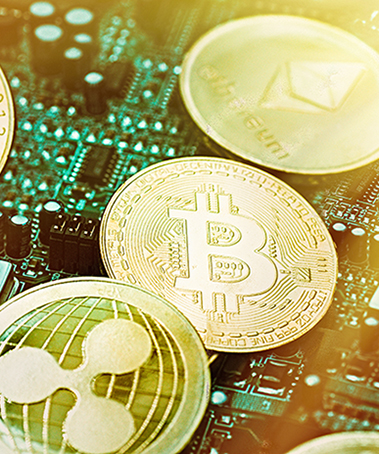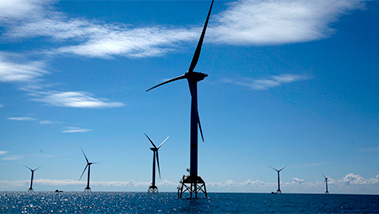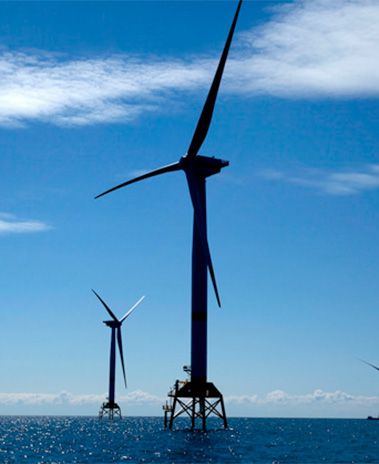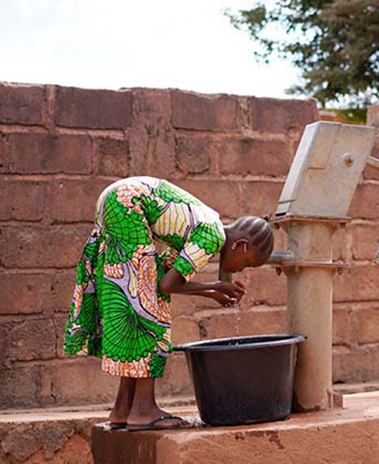-
Despite the exponential increase in sales every year, some people are still not aware of all the advantages of the electric car over the conventional car. Economic savings and the absence of emissions are some of the most popular arguments for opting for this sustainable alternative to internal combustion cars. A technology that has ceased to be the future of mobility to become firmly established in the present.
International Forest Day is celebrated on 21 March, a global initiative to highlight the importance of these ecosystems in the fight against climate change and to warn of the danger of their degradation. In line with this objective, at the Iberdrola Group we join in the conservation and restoration of forests with different programmes to ensure their survival.
-
Two out of five plants are threatened or endangered. Biodiversity is suffering and many foods may disappear from our menu in the future. Seed banks, in addition to storing seeds of different species in case worse comes to worst, are used to develop more resistant varieties.
-
Facebook Seed banks, what they are and their role in saving biodiversity and saving our food supply
-
Twitter Seed banks, what they are and their role in saving biodiversity and saving our food supply
-
Linkedin Seed banks, what they are and their role in saving biodiversity and saving our food supply
-
Whatsapp
Sustainable management of resources is essential to minimising the impact of climate change, and this must also apply to forests, whose health is of concern in view of the advance of deforestation. Specifically, the FAO states that forests should be harvested at a rate that maintains their biodiversity, productivity and regeneration capacity.
-
-
Cryptocurrency mining is a process that usually involves high energy consumption due to the complex levels of computation required. In order to minimise the carbon footprint associated with the first digital currencies such as Bitcoin, alternative models with a low environmental impact have been developed. These are known as green cryptocurrencies.
From wind and solar to nuclear and green hydrogen, we break down the different energy sources and explore their role in reducing emissions, creating jobs and driving energy independence.
-
From wind and solar to nuclear and green hydrogen, we break down the different energy sources and explore their role in reducing emissions, creating jobs and driving energy independence.
Climate change is threatening food security all over the planet, and the same goes for water security. This concept can be defined as the capacity of a society to have enough adequate quality water available. It analyses the condition of surface water and subterranean aquifers and the use made of it with a territorial focus.



























